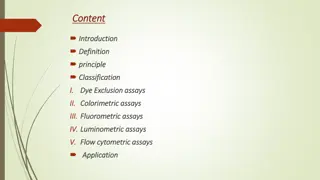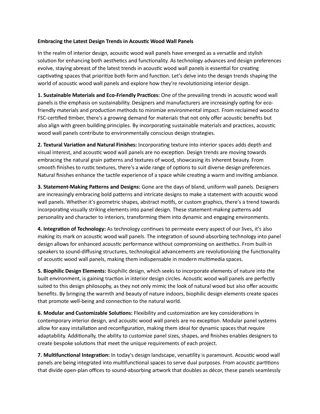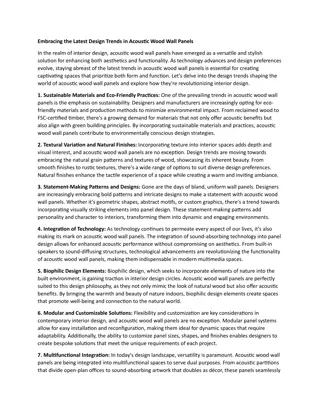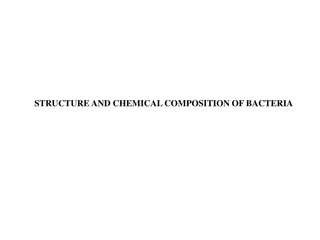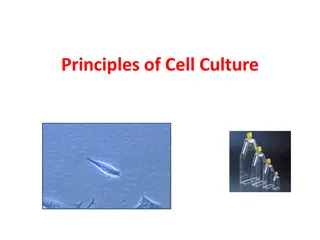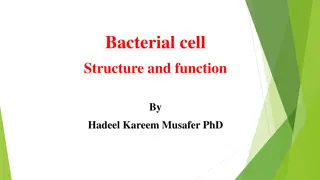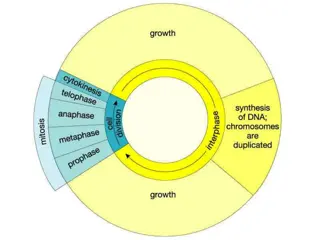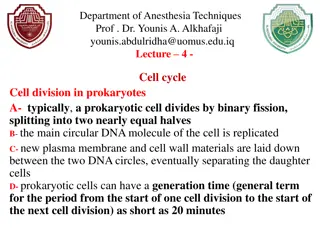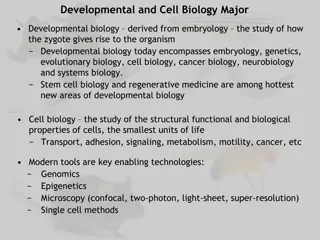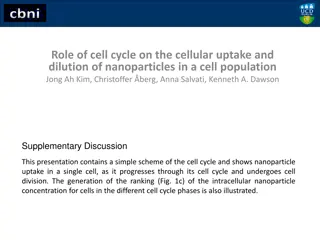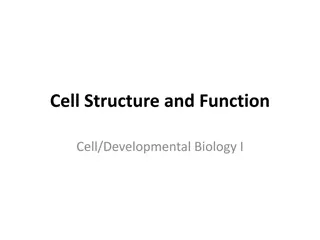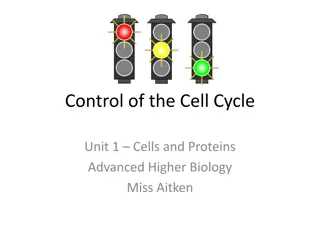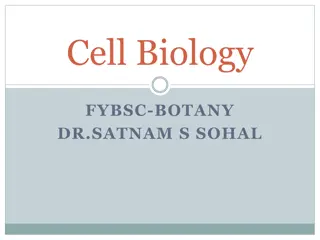
Plant Cell Wall: Structure, Functions, and Components
Learn about the essential aspects of plant cell walls, including their structure, functions, and macromolecular components such as cellulose, hemicellulose, and pectins. Discover how these layers, including the middle lamella, primary wall, and secondary wall, contribute to the strength, shape, and protection of plant cells.
Download Presentation

Please find below an Image/Link to download the presentation.
The content on the website is provided AS IS for your information and personal use only. It may not be sold, licensed, or shared on other websites without obtaining consent from the author. If you encounter any issues during the download, it is possible that the publisher has removed the file from their server.
You are allowed to download the files provided on this website for personal or commercial use, subject to the condition that they are used lawfully. All files are the property of their respective owners.
The content on the website is provided AS IS for your information and personal use only. It may not be sold, licensed, or shared on other websites without obtaining consent from the author.
E N D
Presentation Transcript
CELL WALL BY: CHE NURUL AINI BINTI CHE AMRI
CELL WALL The presence of cell wall distinguishes plant cells from animal cells The cell wall is rigid, therefore limits the size of protoplast Preventing rupture of the plasma membrane when the protoplast uptake of water The cell wall largely determines the size and shape of the cell, texture of the tissue The cell walls vary much in thickness in relation to age and type of cells. Young cells have thinner cell walls than the fully developed ones enlarges following the
FUNCTIONS OF CELL WALLS Provide tensile strength which are important for: Keeping cells from rupturing Thick walled cells provide mechanical support Cutinized walls prevent water loss Provide mechanical protection from insects & pathogens Physiological and biochemical activities in the wall contributes to cell communications
MACROMOLECULAR COMPONENTS OF THE CELL WALL Cellulose is the principle component of plant cell walls Many chains of cellulose molecules lie parallel to each other to form a bundle known as micelles When micelles get arranged parallely, they form microfibrils The microfibrils form large-sized bundles of cellulose fibres to form macrofibrils Another components is hemicellulose, lignin and pectins.
cellulose pectin hemicellulose Structural proteins
STRUCTURESOFCELLWALLS Cell wall consist of 3 types of layers Middle lamela The first layer formed during cell division. It makes up the outer wall of the cell and its shared by adjacent cells It is composed of pectin compound and proteins Primary wall This is formed after the middle lamela Consists of rigid skeleton of cellulose microfibrils embedded in a gel-like matrix composed of pectin compounds, hemicellulose and glycoproteins Secondary wall Formed after cell enlargement is completed Extremely rigid and provides firmness strength Made of cellulose, hemicellulose and lignin Often layered
The primary cell wall Composed of polysaccharides 3 major polysaccharides i - Cellulose = 1,4-linked -D-glucose residues = found in a form of microfibrils, bundles of about 30 thread-like cellulose molecules ii Hemicellulose = highly branched long chains of glucose = the predominant hemicellulose in many primary walls is xyloglucan iii Pectins = family of complex polysaccharides that all contain 1,4-linked -D-galacturonic acid structural proteins = cell walls contain a variety of proteins. = found in all layers of plant cell walls but most abundant in the primary wall layer
The secondary cell wall Particularly important in specialized cells that have strengthening functions Cellulose is more abundant in secondary cell walls More rigid Structural proteins and enzymes which are relatively abundant in primary cell walls are either absent or present in small amounts in secondary walls Lignin is common in the secondary walls of cell found in wood Frequently made of three layers : S1, S2 and S3 The S2 layer is the thickest The S3 layer may be very thin or lacking The different orientations of the three layers strengthen the secondary wall
PITS Secondary cell walls are commonly characterized by the presence of cavities called pits Pits results during formation of secondary wall due differential deposition of the wall materials Pair pit a pit in a cell wall usually occurs opposite a pit in the of an adjoining cell Pit membrane the middle lamella and the primary walls between are two pit cavities Simple pit pit cavity remains of same diameter Bordered pit more complex, secondary wall arches over the pith cavity and narrow downs its opening to the lumen of the cell
Simple pits Bordered pits
Primary pit fields Primary cell walls have thinner areas known primary pit fields Pit fields contain small openings in the wall through which cytoplasmic extensions plasmodesmata extend between cell Cannels in the cell wall lined with plasma membrane Plasmodesmata provides adjacent cells known as connection between
Plasmodesmata The interconnected by narrow strands of cytoplasm called plasmodesmata Diameter is 40-50 nm Provide potential pathways for the passage of substances from cell to cell A majority of plasmodesmata also contain a narrow- tube like structure called the desmotubule which is derived from the smooth endoplasmic reticulum of the connected cell Though cells are permeable and can transport to some small soluble proteins, the plasmodesmata offer direct connection between cells transporting all sorts of materials that are important for cell function. protoplasts of adjacent plant cells are
INTERCELLULARSPACES Air spaces that are essential for the aeration of the internal tissues known as intercellular spaces May be found in meristematic tissues May function as containers for secreted materials Two types of intercellular space Schizogenous The most common type develops by separating (using enzymes to remove pectin) the primary wall through the middle lamela starts in the corner and spreads to others part Lysigenous Results from a breakdown of entire cells. Occurs in some root


